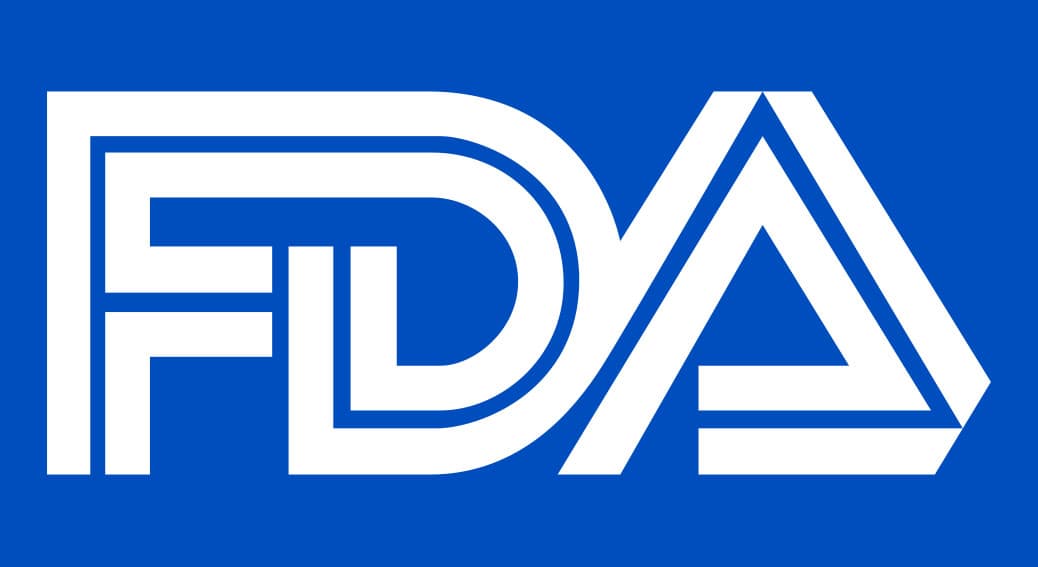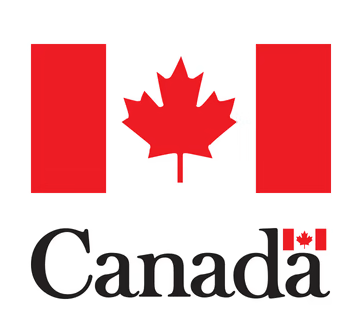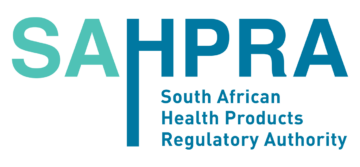The new article highlights the aspects related to the applicability scope, and also provides definitions of the key terms and concepts.

Table of content
The Food and Drug Administration (FDA or the Agency), the US regulating authority in the sphere of healthcare products, has published a guidance document dedicated to the 510(k) Third Party Review Program and Third Party Emergency Use Authorization (EUA) review.
Once finalised, the document will provide an overview of the applicable regulatory requirements, as well as additional clarifications and recommendations to be taken into consideration by medical device manufacturers and other parties involved to ensure compliance to it.
At the same time, provisions of the guidance are non-binding in their legal nature, nor are they intended to introduce new rules or impose new obligations.
Moreover, the authority explicitly states that an alternative approach could be applied, provided such an approach is in line with the existing legal framework. It has been agreed with the authority in advance.
In particular, the guidance details the scope, definitions, and procedures related to the FDA’s Third Party Emergency Use Authorization (3PEUA) and Third Party 510(k) (3P510k) Review Programs.
These programs are crucial for the efficient and effective regulation of medical devices, especially in emergencies.
Scope and EUA Submissions
The scope of the 3PEUA review is limited to situations where there is a declaration under section 564 of the FD&C Act justifying the emergency use of a product.
The FDA holds discretion over the assignment of Emergency Use Authorization (EUA) requests. Submitters of EUA requests should send them directly to the FDA, which may forward specific requests to a 3PEUA Review Organization (RO) for review.
Particularly for in vitro diagnostic products, the FDA may determine that public health interests are better served by sending submissions directly to a 3PEUA RO.
Additionally, the FDA has the authority to contract directly with 3PEUA ROs to review these requests.

Key Points
The document outlines the FDA’s current perspective on the 3P510k and 3PEUA review process.
This includes establishing device type eligibility for the 3P510k Review Program, expectations for third-party reviews of 510(k) and EUA submissions, the policy for EI consults on 3P510k submissions, and the requirements for recognition and derecognition of 3P510k ROs.
It also covers the content and format of applications for initial recognition and recognition by a 3P510k RO, the process for suspending or withdrawing recognition, and the application of the International Medical Device Regulators Forum’s (IMDRF) Good Regulatory Review Practices (GRRP).
Terms and Definitions
To assist the parties involved in interpreting the relevant regulatory requirements, the authority also provides definitions of the key terms and concepts used within the context of this guidance, the 3P510k Review Program, and the 3PEUA review.
These terms include ‘Device Type’, ‘EUA Submitter’, ‘510(k) Submitter’, ‘Final Reviewer’, ‘IMDRF Regulatory Reviewer’, ‘Product Specialist’, ‘Recognition’, ‘Recognition’, ‘Recognition Criteria’, ‘Recognition Denial’, ‘Recognition Denial’, ‘Recognition Withdrawal’, ‘Safety Signal’, ‘Submission’, ‘Technical Expert’, ‘Third Party 510(k) Review Organization (3P510k RO)’, and ‘Third Party EUA Review Organization (3PEUA RO)’. Each term is defined with specific relevance to the context of FDA regulatory processes.
- Device Type: Refers to a category outlined in the Code of Federal Regulations.
- EUA Submitter: An entity or individual submitting a request for Emergency Use Authorization.
- 510(k) Submitter: An entity or individual submitting a 510(k) submission to demonstrate substantial equivalence of a device.
- Final Reviewer: A key Third Party Review Organization individual overseeing the review process.
- IMDRF Regulatory Reviewer: An individual meeting specific competencies and training per IMDRF criteria.
- Product Specialist: Primary reviewer within a third-party review organization responsible for leading the review team.
- Recognition Processes: Relate to accrediting 3P510k Review Organizations for reviewing premarket notifications.
- Safety Signal: Represents a potential new causal association between a medical device and adverse events.
- Submission: Refers to a 510(k) submission or an EUA request.
- Technical Expert: Provides specific knowledge or expertise in the review process.
- Third-Party Review Organizations: Include both 3PEUA RO and 3P510k RO.
Conclusion
In summary, the present guidance provides a comprehensive overview of the FDA’s 3P510k and 3PEUA review processes, defining the roles, responsibilities, and procedures involved in evaluating and regulating medical devices, particularly under emergency use scenarios.
This framework is intended to improve the overall review process while ensuring any medical devices allowed for marketing and use in the country are compliant with the relevant safety and performance requirements.
How Can RegDesk Help?
RegDesk is a holistic Regulatory Information Management System that provides medical device and pharma companies with regulatory intelligence for over 120 markets worldwide. It can help you prepare and publish global applications, manage standards, run change assessments, and obtain real-time alerts on regulatory changes through a centralized platform. Our clients also have access to our network of over 4000 compliance experts worldwide to obtain verification on critical questions. Global expansion has never been this simple.
Want to know more about our solutions? Speak to a RegDesk Expert today!
–>
- SEO Powered Content & PR Distribution. Get Amplified Today.
- PlatoData.Network Vertical Generative Ai. Empower Yourself. Access Here.
- PlatoAiStream. Web3 Intelligence. Knowledge Amplified. Access Here.
- PlatoESG. Carbon, CleanTech, Energy, Environment, Solar, Waste Management. Access Here.
- PlatoHealth. Biotech and Clinical Trials Intelligence. Access Here.
- Source: https://www.regdesk.co/fda-draft-guidance-on-third-party-review-program-scope-and-definitions/
- :has
- :is
- :where
- 1
- 120
- a
- About
- access
- Act
- Additional
- advance
- adverse
- agency
- agreed
- Alerts
- allowed
- also
- alternative
- an
- and
- any
- applicable
- Application
- applications
- applied
- approach
- ARE
- article
- AS
- aspects
- Assessing
- assessments
- assignment
- assist
- Association
- authority
- authorization
- BE
- been
- Better
- between
- both
- by
- CAN
- Category
- centralized
- change
- Changes
- clients
- code
- Companies
- compliance
- compliant
- comprehensive
- computational
- concepts
- conclusion
- consideration
- content
- context
- contract
- could
- country
- covers
- Credibility
- criteria
- critical
- crucial
- Current
- declaration
- dedicated
- defined
- defining
- definitions
- demonstrate
- details
- Determine
- device
- Devices
- diagnostic
- directly
- discretion
- document
- draft
- drug
- each
- Effective
- efficient
- eligibility
- emergency
- ensure
- ensuring
- entity
- equivalence
- especially
- establishing
- evaluating
- events
- existing
- expansion
- expectations
- expert
- expertise
- experts
- explicitly
- fda
- Federal
- For
- format
- Forward
- Framework
- Global
- global expansion
- guidance
- Have
- Health
- healthcare
- help
- highlights
- holds
- holistic
- HTTPS
- impose
- improve
- in
- include
- includes
- individual
- information
- initial
- Intelligence
- intended
- interests
- International
- interpreting
- into
- introduce
- involved
- IT
- jpg
- Key
- Know
- knowledge
- leading
- Legal
- legal framework
- Limited
- Line
- manage
- management
- management system
- Manufacturers
- Marketing
- Markets
- max-width
- May..
- medical
- medical device
- medical devices
- meeting
- more
- Nature
- network
- never
- New
- nor
- notifications
- obligations
- obtain
- of
- on
- or
- organization
- organizations
- Other
- our
- outlined
- outlines
- over
- overall
- overseeing
- overview
- particular
- particularly
- parties
- party
- per
- performance
- perspective
- Pharma
- platform
- plato
- Plato Data Intelligence
- PlatoData
- policy
- potential
- Prepare
- present
- primary
- procedures
- process
- processes
- Product
- Products
- Program
- Programs
- provide
- provided
- provides
- public
- public health
- publish
- published
- Questions
- real-time
- recognition
- recommendations
- refers
- regulating
- Regulation
- regulations
- Regulators
- regulatory
- related
- relevance
- relevant
- represents
- request
- requests
- Requirements
- responsibilities
- responsible
- review
- reviewing
- Reviews
- roles
- rules
- Run
- Safety
- same
- scenarios
- scope
- Section
- send
- sending
- served
- should
- Simple
- situations
- Solutions
- Source
- speak
- specific
- sphere
- Sponsored
- standards
- States
- submission
- Submissions
- submitting
- substantial
- such
- SUMMARY
- system
- taken
- team
- term
- terms
- that
- The
- their
- Them
- There.
- These
- they
- Third
- third-party
- this
- Through
- time
- to
- Training
- type
- ugc
- under
- United
- United States
- us
- use
- used
- Verification
- want
- WELL
- which
- while
- will
- with
- withdrawing
- within
- worldwide
- you
- zephyrnet












